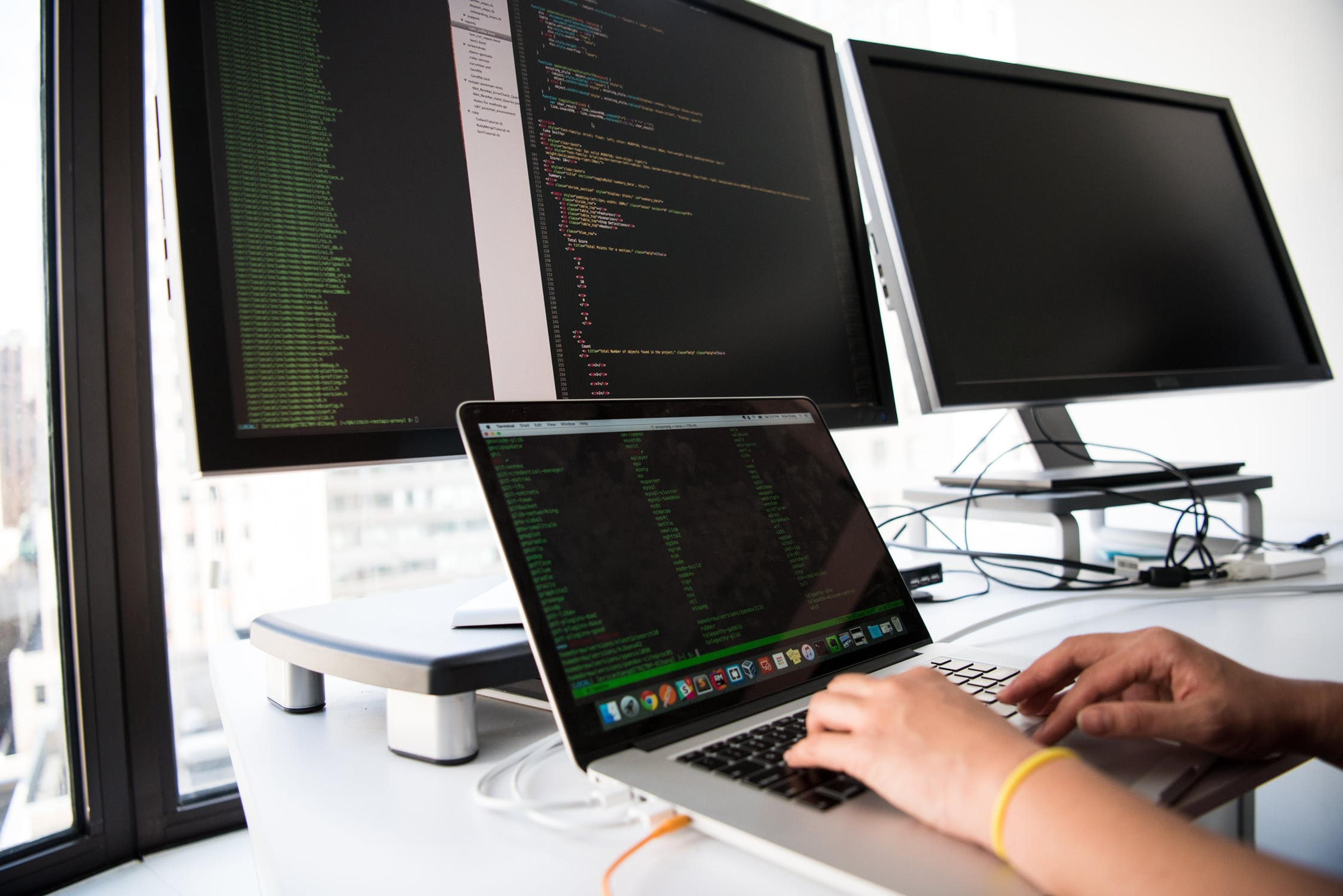
Over the past few years, large companies have been implementing large-scale mindfulness programs. Data shows that there is a definite impact on leadership skills by practicing mindfulness. It results in increased productivity, better decision-making and listening, as well as a reduction in stress levels. For leaders, the biggest benefit of mindfulness is its direct impact on the development of emotional intelligence, or people skills. Mindfulness is a key tool in understanding ourselves, our thoughts and feelings, and what's important to us. The practice also can help develop self-awareness, which is an important skill for leaders. There are a variety of ways to practice mindfulness, such as breathing exercises, yoga, walking, listening to music and spending time in nature. Essentially, anything that allows you to come back to the present moment is an act of mindfulness. Below are two simple techniques you can use throughout your day to reduce stress or remain in the moment.
Exercises
When you’re experiencing a particularly stressful moment, a popular mindfulness exercise, known as S.T.O.P., may be helpful.
- Stop. Take a momentary pause, no matter what you’re doing.
- Take a breath. Feel the sensation of your own breathing, which brings you back to the present moment.
- Observe. Acknowledge what is happening, for good or bad, inside you or out. Just note it.
- Proceed. Having briefly checked in with the present moment, go back to the task at hand.
This technique helps you become more mindful to be consciously present by paying attention to what's going on around you, or giving your tasks your full attention. And when your mind wanders, recognize what has prompted that and then give it that gentle nudge to bring it back to what is happening in the moment. The more you practice this, the easier it becomes. Another simple exercise, known as R.A.I.N., also may help you stay in the present moment and not get caught up in clinging to the experiences of others or your own emotions.
- Recognize. Acknowledge what is happening, just noting it in a calm and accepting manner.
- Accept. Allow life to be just as it is, without trying to change it right away, and without wishing it were different somehow.
- Investigate. Determine how it feels; perhaps it’s making you upset or happy, giving you pleasure or pain. Just note it.
- Non-identification. Realize the sensations you’re feeling make for a fleeting experience and will soon pass. The experience isn’t who you are.
Mindfulness involves self-acceptance and being open to listening to other people. This leads to humility, appreciation of how other people have helped you and an acceptance of what you can't change. Mindfulness in the workplace is about being in the present, and not judging your innate talent or intelligence, so that you can be open to new possibilities. Learn more about mindfulness and ways to bring the practice the workplace in this Blue Cross® Virtual Well-Being webinar. You can also sign up for future employer-focused and general interest webinars here, where you’ll find past sessions and resources. Related:
- Introducing Mindfulness at Your Workplace
- How to Set Well-Being Goals for Your Company
- Employee Resiliency
Photo credit: Getty Images





